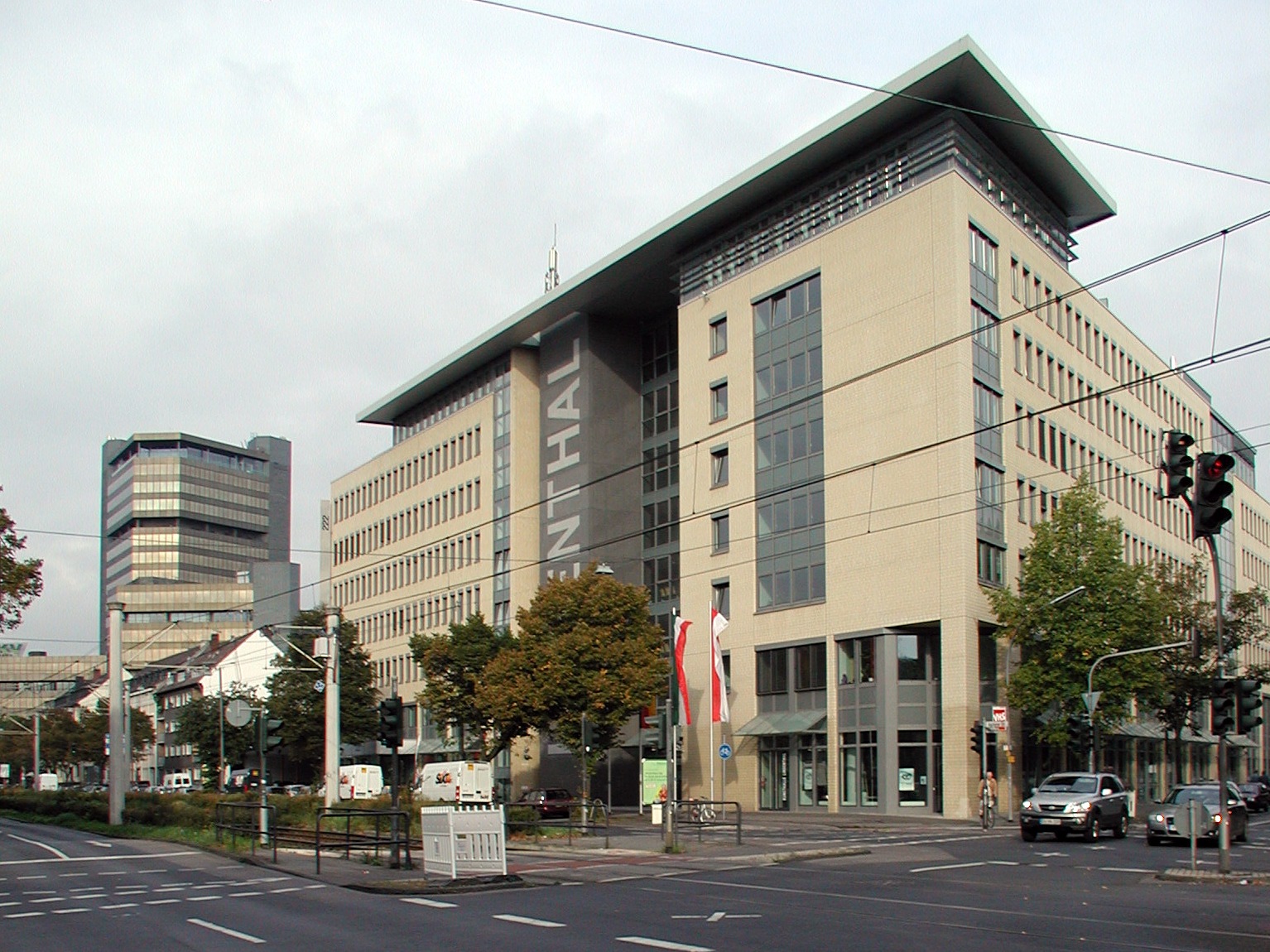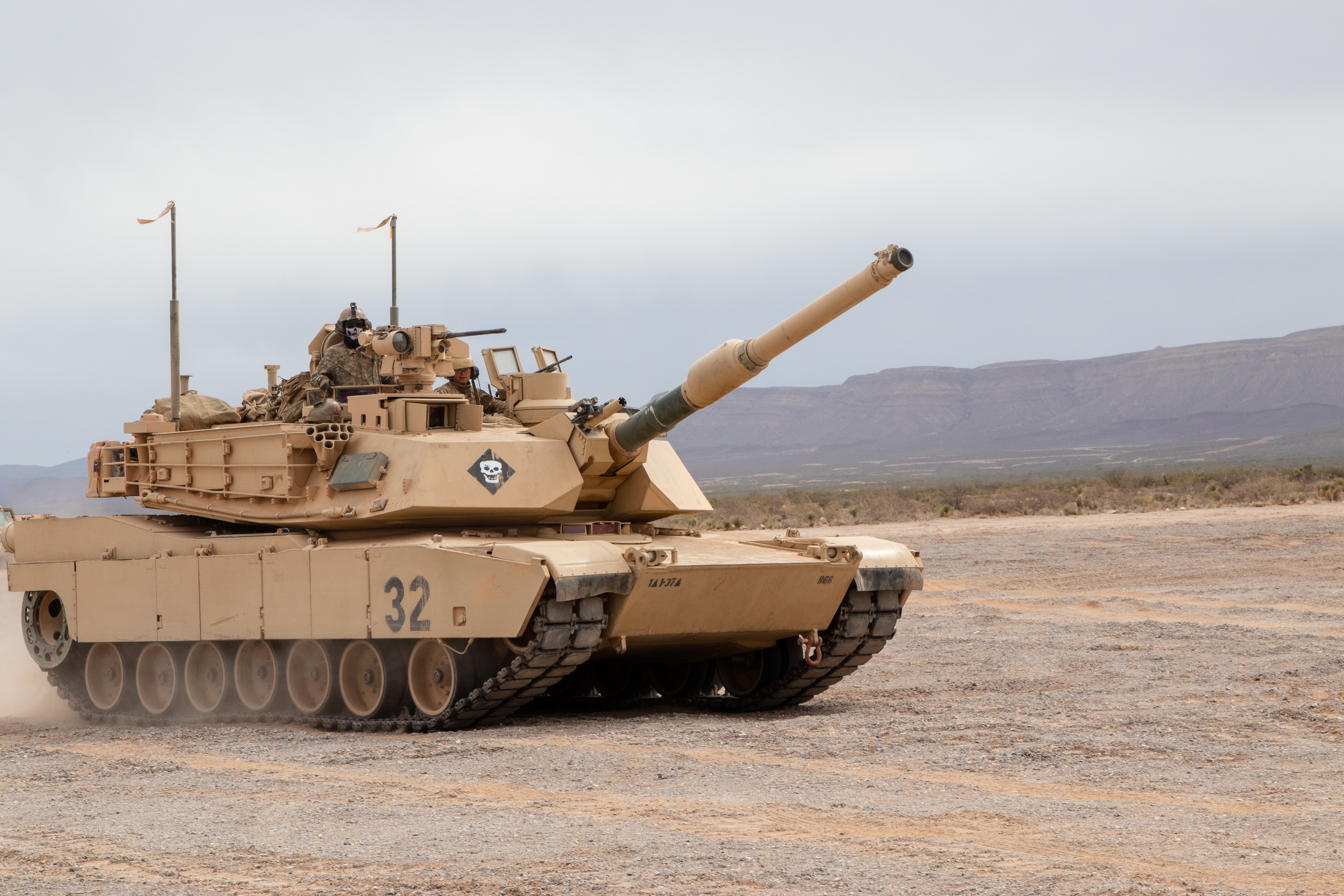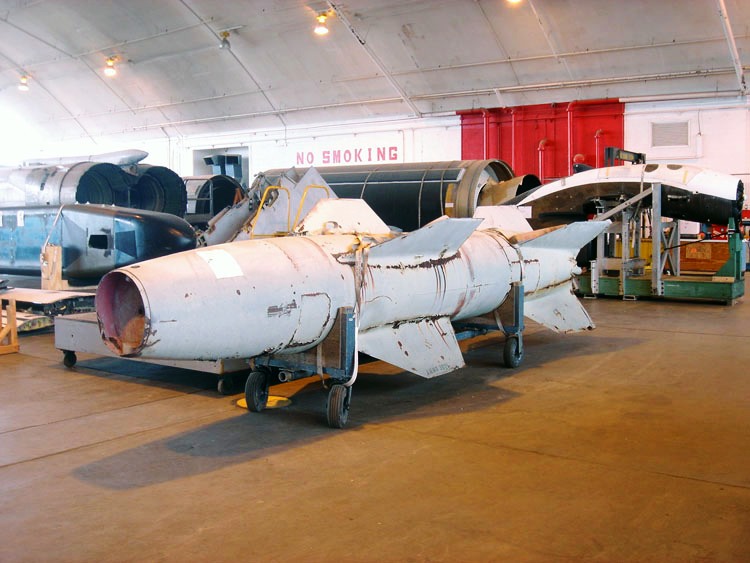|
Werner Dahm
Werner Karl Dahm (February 16, 1917 in Lindenthal, Germany – January 17, 2008 in Huntsville, Alabama) was an early spaceflight scientist of the Peenemünde Future Projects Office who emigrated to the US under Operation Paperclip and was the Marshall Space Flight Center Chief Aerodynamicist. Life Werner Karl Dahm was born on Feb. 16, 1917 in Lindenthal near Köln, Germany, the son of Anton Dahm and Maria Morkramer. The family moved to Bonn later that year. His father was the first engineer in a long line of merchants. After graduating from the Beethoven School in Bonn in 1936, he studied aerodynamics and aircraft design at the Technical University in Aachen, and later in Munich when the Nazis had closed other technical universities. In Munich he was one of just four students, out of several hundred, who refused to join the Nazi student club. He said he first simply pretended not to find it, and then since it was formally listed as a dueling club he avoided it by clai ... [...More Info...] [...Related Items...] OR: [Wikipedia] [Google] [Baidu] |
Lindenthal (Cologne)
Lindenthal ( , ) is a borough of the City of Cologne in Germany. It includes the quarters Braunsfeld, Junkersdorf, Klettenberg, Lindenthal, Lövenich, Müngersdorf, Sülz, Weiden and Widdersdorf. It has about 153,000 inhabitants (as of December 2019) and covers an area of 41.8 square kilometers. Many parts of Lindenthal are dominated by academic and research campuses, primarily linked to the University of Cologne and the German Sport University. The later has a campus at Sportpark Müngersdorf, next to RheinEnergieStadion and the European College of Sport Science. The Cologne University Hospital has a vast campus around the Kerpener Straße. Other institutions include the Max Planck Institutes for Biology of Ageing and Plant Breeding Research. Cologne's Melaten-Friedhof is located on Aachener Straße. History During the Cold War, the headquarters of the I Belgian Corps was located in Junkersdorf. Subdivisions Lindenthal consists of nine ''Stadtteile'' (city quart ... [...More Info...] [...Related Items...] OR: [Wikipedia] [Google] [Baidu] |
Technical University Of Munich
The Technical University of Munich (TUM or TU Munich; german: Technische Universität München) is a public research university in Munich, Germany. It specializes in engineering, technology, medicine, and applied and natural sciences. Established in 1868 by King Ludwig II of Bavaria, the university now has additional campuses in Garching, Freising, Heilbronn, Straubing, and Singapore, with the Garching campus being its largest. The university is organized into eight schools and departments, and is supported by numerous research centers. It is one of the largest universities in Germany, with 50,000 students and an annual budget of €1,770.3 million (including university hospital). A ''University of Excellence'' under the German Universities Excellence Initiative, TUM is considered the top university in Germany according to major rankings as of 2022 and is among the leading universities in the European Union. Its researchers and alumni include 18 Nobel laureates and 23 Leib ... [...More Info...] [...Related Items...] OR: [Wikipedia] [Google] [Baidu] |
Hermes (missile Program)
Project Hermes was a missile research program run by the Ordnance Corps of the United States Army from November 15, 1944, to December 31, 1954, in response to Germany's rocket attacks in Europe during World War II. The program was to determine the missile needs of army field forces. A research and development partnership between the Ordnance Corps and General Electric started November 20, 1944 and resulted in the "development of long-range missiles that could be used against both ground targets and high-altitude aircraft." History Hermes was the second missile program by the United States Army. In May 1944 the Army contracted with the California Institute of Technology's Guggenheim Aeronautical Laboratories to start the ORDCIT project to research, test and develop guided missiles. The Hermes program was to originally have three phases: the first would be a literature search, the second a research group would be dispatched to Europe to investigate the German Missiles, and the t ... [...More Info...] [...Related Items...] OR: [Wikipedia] [Google] [Baidu] |
Redstone Rocket
The PGM-11 Redstone was the first large American ballistic missile. A short-range ballistic missile (SRBM), it was in active service with the United States Army in West Germany from June 1958 to June 1964 as part of NATO's Cold War defense of Western Europe. It was the first US missile to carry a live nuclear weapon, nuclear warhead, in the 1958 Pacific Ocean weapons test, Hardtack Teak. The Redstone was a direct descendant of the German V-2 rocket, developed primarily by a team of List of German rocket scientists in the United States, German rocket engineers brought to the United States after World War II. The design used an upgraded engine from Rocketdyne that allowed the missile to carry the Mark 39 nuclear bomb, W39 warhead which weighed with its reentry vehicle to a range of about . Redstone's prime contractor was the Chrysler Corporation. The Redstone spawned the Redstone (rocket family), Redstone rocket family which holds a number of firsts in the US space program, nota ... [...More Info...] [...Related Items...] OR: [Wikipedia] [Google] [Baidu] |
White Sands Missile Range
White Sands Missile Range (WSMR) is a United States Army military testing area and firing range located in the US state of New Mexico. The range was originally established as the White Sands Proving Ground on 9July 1945. White Sands National Park is located within the range. Significant events *The first atomic bomb (code named Trinity) was test detonated at Trinity Site near the northern boundary of the range on 16 July 1945, seven days after the White Sands Proving Ground was established. *After the conclusion of World War II, 100 long-range German V-2 rockets that were captured by U.S. military troops were brought to WSMR. Of these, 67 were test-fired between 1946 and 1951 from the White Sands V-2 Launching Site. (This was followed by the testing of American rockets, which continues to this day, along with testing other technologies.) *NASA's Space Shuttle Columbia landed on the Northrop Strip at WSMR on 30 March 1982 as the conclusion to mission STS-3. This was the only ti ... [...More Info...] [...Related Items...] OR: [Wikipedia] [Google] [Baidu] |
Fort Bliss
Fort Bliss is a United States Army post in New Mexico and Texas, with its headquarters in El Paso, Texas. Named in honor of William Wallace Smith Bliss, LTC William Bliss (1815–1853), a mathematics professor who was the son-in-law of President Zachary Taylor, Ft. Bliss has an area of about ; it is the largest installation in FORSCOM (United States Army Forces Command) and second-largest in the Army overall (the largest being the adjacent White Sands Missile Range). The portion of the post located in El Paso County, Texas, is a census-designated place with a population of 8,591 as of the time of the United States Census, 2010, 2010 census. Fort Bliss provides the largest contiguous tract () of restricted airspace in the Continental United States, used for missile and artillery training and testing, and at 992,000 acres boasts the largest maneuver area (ahead of the Fort Irwin National Training Center, National Training Center, which has 642,000 acres). The garrison's land area i ... [...More Info...] [...Related Items...] OR: [Wikipedia] [Google] [Baidu] |
Oberammergau
Oberammergau is a municipality in the district of Garmisch-Partenkirchen, in Bavaria, Germany. The small town on the Ammer River is known for its woodcarvers and woodcarvings, for its NATO School, and around the world for its 380-year tradition of mounting Passion Plays. History Passion Play The Oberammergau Passion Play was first performed in 1634. According to local legend, the play is performed every ten years because of a vow made by the inhabitants of the village that if God spared them from the effects of the bubonic plague then sweeping the region, they would perform a passion play every ten years. A man traveling back to the town for Christmas allegedly brought the plague with him by accident. The man purportedly died from the plague and it began spreading throughout Oberammergau. After the vow was made, according to tradition, not another inhabitant of the town died from the plague. All of the town members that were still suffering from the plague are said to have recov ... [...More Info...] [...Related Items...] OR: [Wikipedia] [Google] [Baidu] |
Sloshing
In fluid dynamics, slosh refers to the movement of liquid inside another object (which is, typically, also undergoing motion). Strictly speaking, the liquid must have a free surface to constitute a slosh dynamics problem, where the dynamics of the liquid can interact with the container to alter the system dynamics significantly. Important examples include propellant slosh in spacecraft tanks and rockets (especially upper stages), and the free surface effect (cargo slosh) in ships and trucks transporting liquids (for example oil and gasoline). However, it has become common to refer to liquid motion in a completely filled tank, i.e. without a free surface, as "fuel slosh". Such motion is characterized by "inertial waves" and can be an important effect in spinning spacecraft dynamics. Extensive mathematical and empirical relationships have been derived to describe liquid slosh. These types of analyses are typically undertaken using computational fluid dynamics and finite element met ... [...More Info...] [...Related Items...] OR: [Wikipedia] [Google] [Baidu] |
Wasserfall
The ''Wasserfall Ferngelenkte FlaRakete'' (Waterfall Remote-Controlled A-A Rocket) was a German guided supersonic surface-to-air missile project of World War II. Development was not completed before the end of the war and it was not used operationally. The system was based on many of the technologies developed for the V-2 rocket program, including the rocket itself, which was essentially a much scaled-down version of the V-2 airframe. The rocket motor used new fuels as it was expected to be stored in ready-to-fire form for months, and the guidance system used external fins for control instead of relying entirely on the steerable rocket motor exhaust. Among the many development problems, control of the high-speed rocket was a significant concern, leading to the development of a radio control system where the operator sat in a reclining chair so they could see the target as it passed overhead. Another significant problem was the lack of a suitable proximity fuse, which was require ... [...More Info...] [...Related Items...] OR: [Wikipedia] [Google] [Baidu] |
Intercontinental Ballistic Missile
An intercontinental ballistic missile (ICBM) is a ballistic missile with a range greater than , primarily designed for nuclear weapons delivery (delivering one or more thermonuclear warheads). Conventional, chemical, and biological weapons can also be delivered with varying effectiveness, but have never been deployed on ICBMs. Most modern designs support multiple independently targetable reentry vehicles (MIRVs), allowing a single missile to carry several warheads, each of which can strike a different target. Russia, the United States, China, France, India, the United Kingdom, and North Korea are the only countries known to have operational ICBMs. Early ICBMs had limited precision, which made them suitable for use only against the largest targets, such as cities. They were seen as a "safe" basing option, one that would keep the deterrent force close to home where it would be difficult to attack. Attacks against military targets (especially hardened ones) still demanded th ... [...More Info...] [...Related Items...] OR: [Wikipedia] [Google] [Baidu] |
Aggregat (rocket Family)
The Aggregat series (German for "Aggregate") was a set of ballistic missile designs developed in 1933–1945 by a research program of Nazi Germany's Armed Forces (Wehrmacht). Its greatest success was the A4, more commonly known as the V-2. A1 (1933) The A1 was the first rocket design in the Aggregat series. It was designed in 1933 by Wernher von Braun in a German armed forces research program at Kummersdorf headed by Walter Dornberger. The A1 was the grandfather of most modern rockets. The rocket was long, in diameter, and had a takeoff weight of . The engine, designed by Arthur Rudolph, used a pressure-fed rocket propellant system burning ethanol and liquid oxygen, and produced 2.9 kN (660 lbf) of thrust for 16 seconds. The LOX tank was located within the fuel tank and insulated with a fiberglass material. The rocket was stabilized by a 3 axes gyroscope system in the nose, supplied by Kreiselgeräte G.m.b.H. The rocket could not be rotated for stability as with a ba ... [...More Info...] [...Related Items...] OR: [Wikipedia] [Google] [Baidu] |
Supersonic Wind Tunnel
A supersonic wind tunnel is a wind tunnel that produces supersonic speeds (1.2< M<5) The Mach number and flow are determined by the nozzle geometry. The Reynolds number is varied by changing the density level (pressure in the settling chamber). Therefore, a high pressure ratio is required (for a supersonic regime at M=4, this ratio is of the order of 10). Apart from that, condensation of moisture or even gas liquefaction can occur if the static temperature becomes cold enough. This means that a supersonic wind tunnel usually needs a drying or a pre-heating facility. A supersonic wind tunnel has a large power demand, so most are designed for intermittent instead of continuous operation. Restrictions for supersonic tunn ...
|







.jpg)
